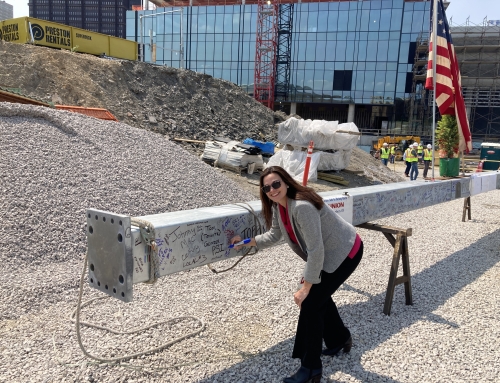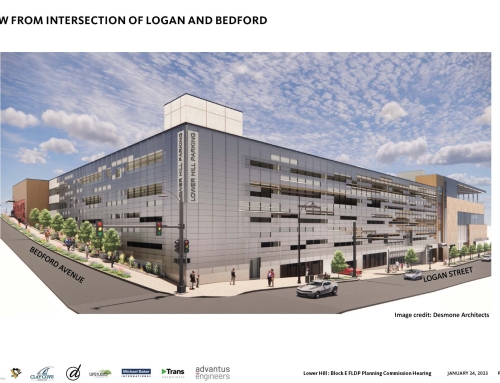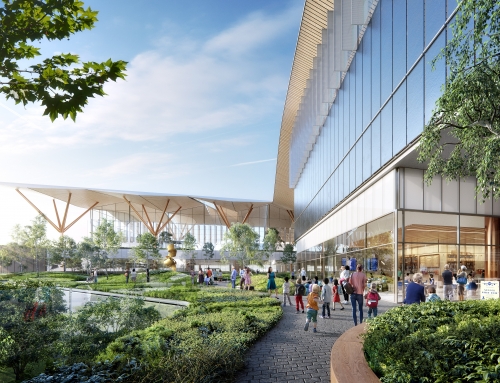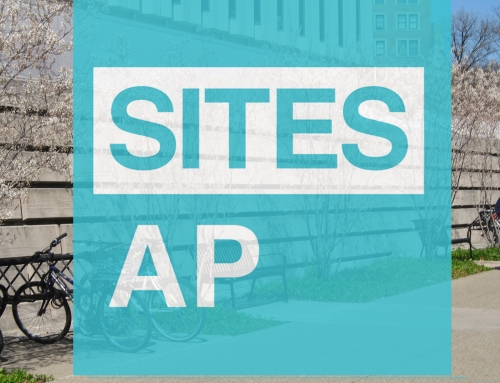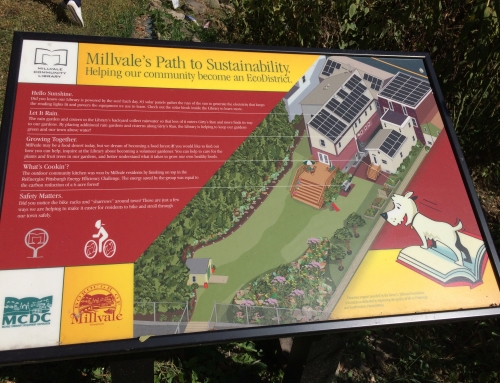As so many parks are a part of greater stream systems, parks can bring both recreational and ecological value to communities. The concept of incorporating green infrastructure into parks in not an entirely new idea. Since the 19th century, parks have incorporated ponds for both aesthetics and the creation of habitat and collection of water. Today, parks play a critical role in greening neighborhoods, improving riverfronts and outdoor recreation space and enhancing quality of life.
There is a diversity of options for incorporating green infrastructure which enable their use in a great variety of park settings. As identified in the EPA’s soon to be released technical publication Green Infrastructure in Parks: A Guide to Collaboration, Funding and Community Engagement, opportunities to enhance parks through green infrastructure include:
- Playing fields and ball courts
- Flood and floodplain storage
- Infiltration systems
- Permeable paving
- Paved trails, walkways, and roads
- Permeable paving
- Enhanced tree plantings/canopy
- Wetlands and drainage systems
- Constructed wetlands in existing drainage areas
- Natural areas along stream channels
- Wildlife habitat areas that serve as stormwater runoff infiltration
- Parking lots
- Biorentention swales and enhanced tree canopy
- Permeable paving
- Visitor centers
- Bioretention demonstration gardens
- Green roofs
- Pollinator gardens that filter stormwater
- Rain barrels and cisterns
In our city, 80% of Pittsburgh’s critical water issues lie within 20% of its sewer sheds. Issues with stormwater overflows, localized flooding and water quality are all contributing factors to stressing an already overloaded sewer system.* Numerous city and community parks are located within the centers of these priority sewer sheds and play a critical role in stormwater solutions for the region.
Through the use of green infrastructure strategies in the parks, we can enhance aesthetics, improve visitor experience and ecological habit while addressing overflow, flooding and water quality issues. By implementing stormwater management strategies at the surface, green infrastructure presents itself as a significant opportunity to improve the city’s parks.
*Source: Pittsburgh Sewer & Water Authority (PWSA), Green First City-Wide Stormwater Assessment-2016
Photo Credit: Cam Miller Flickr Creative Commons


